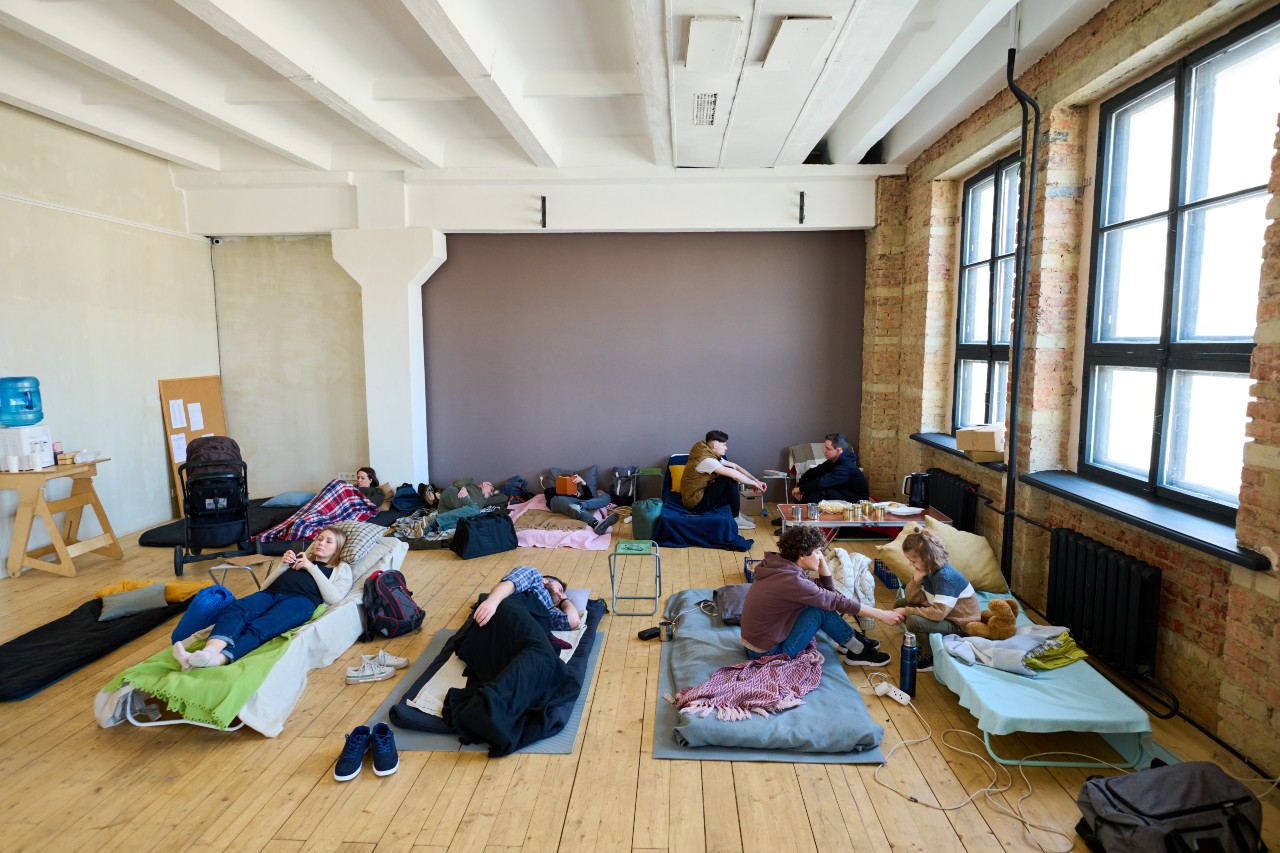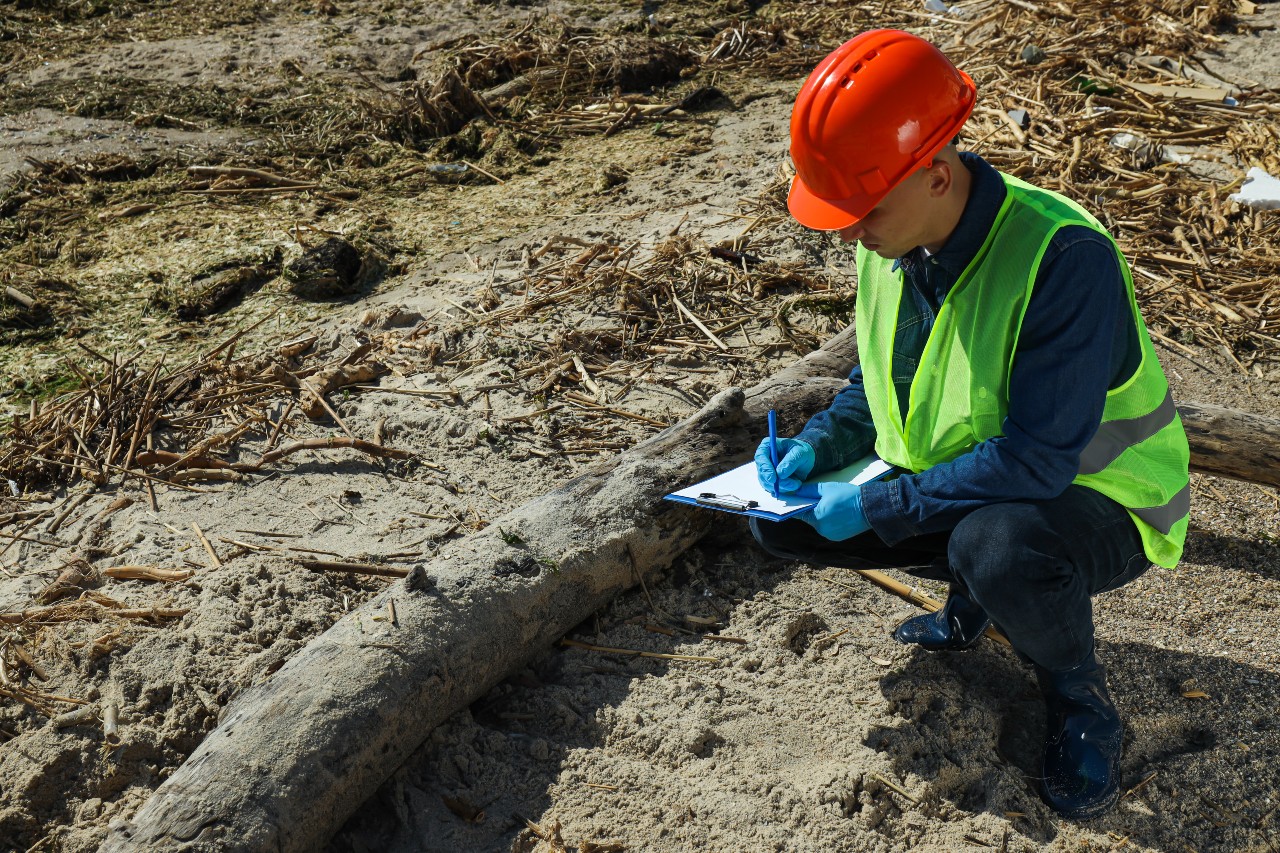Wednesday, August 16 was a big win for LA’s significant unhoused population. The City Council’s Housing and Homelessness Committee voted to move forward with plans to utilize a 2-acre lot neighboring City Hall for interim supportive housing. Meanwhile, Mayor Karen Bass announced that construction will soon begin on a 17-story, 300-unit permanent supportive housing complex. The plans highlight Bass’s commitment to addressing the homeless problem; a hot point during her recent race for the mayor’s seat.
Why Downtown is Fertile Ground for Supportive Housing Projects

LA’s struggles with homelessness are no secret. It’s a citywide problem, though a vast portion of the city’s unhoused residents congregate in the downtown area. In fact, approximately 17 percent of the city’s unhoused population call the streets of downtown home. It’s just one factor that highlights downtown as the ideal setting for ambitious, multi-unit supportive housing projects.
A Park Decades in the Making
The interim housing project currently being planned for 217 West First Street actually begins its story in 1970. It was then that an earthquake wrought catastrophic damage on the government building that once stood on the land. After it was leveled, the lot sat unattended for half a century. Even in 2013, when the city obtained the lot, plans stalled out.
Those plans were to create a community park punctuated by a two-story space for restaurants and other commercial enterprises. Yet, early into the planning phases, it became apparent that the price tag for the project was too steep for the city to reasonably afford. And thus the lot has continued to stagnate in development limbo for decades.
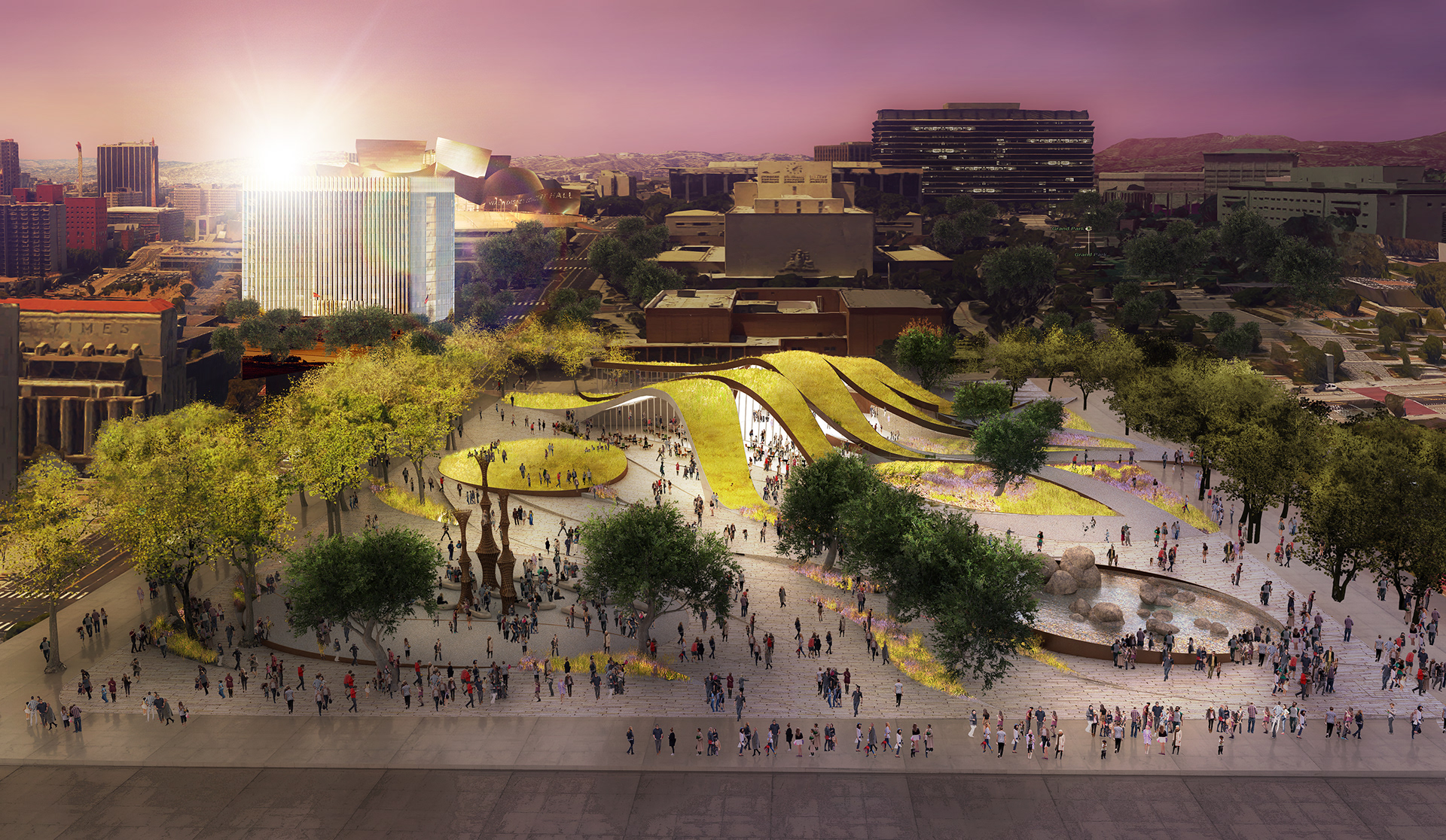
While LA city planners have not completely scuttled the park plan, they’ve acknowledged a greater urgency in the homelessness crisis. That’s why priority is being shifted to using the government lot to provide interim supportive housing to unhoused Angelenos.
Potential Negative Impact on Property Values
The lot beside City Hall is firmly in downtown’s civic center district. It’s an area noted for its abundant government buildings, which could make plans to install temporary supportive housing easier. Why? Because, unfortunately, studies have shown that homeless shelters and similar supportive housing typically drop neighboring property values.
On the other hand, parks have been shown to increase property value. What does this mean for the building across the street from the former Los Angeles Times offices? This adjacent structure is being developed by Onni Group for mixed use.
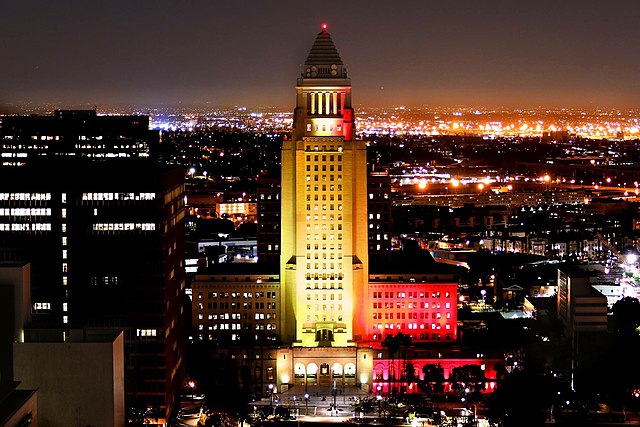
While the sudden decision to override the planned park with housing for the city’s homeless no doubt disrupts aspects of the Canadian investor’s vision, it’s important to note that the plan is for interim housing. The city has not abandoned plans for the park, but simply postponed them.
A Permanent Supportive Housing Project
Meanwhile, a permanent solution to combating homelessness in LA is scheduled to be built at the corner of San Pedro and Sixth Streets. A 17-story high rise fully devoted to supportive housing, the project will provide 298 housing units. In addition, the structure will provide four manager units.
Weingart Center Association is partnering with Related California on the project and has already closed escrow on the 1.12 acre parking lot. They’re billing the development as the “largest 100% permanent supportive housing development.”
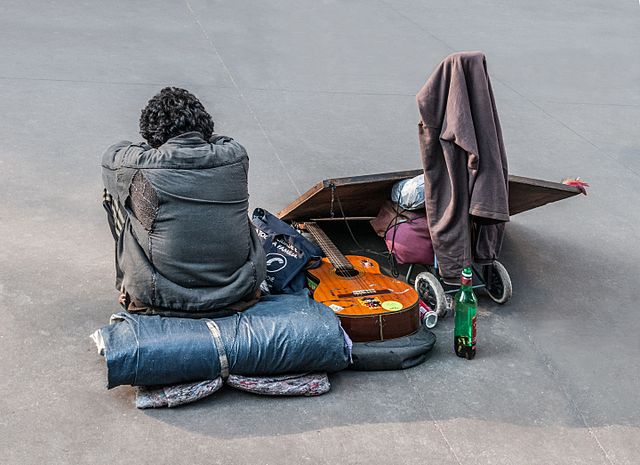
Committed to properly addressing the challenges of LA’s homeless crisis, on-site services will be provided, including:
- Case management
- Mental and physical assistance
- Substance-related services
- Career center
- Educational support
- Library
- Laundry room
- Fitness area
The Long Road Ahead
These projects have gone strides toward proving Mayor Bass’s commitment to one of the biggest problems facing Los Angeles. Unfortunately, even these two massive examples are only drops in the ocean compared to what will be needed to properly address the issue. Hopefully we can expect much more news about similar supportive housing projects on the horizon.

